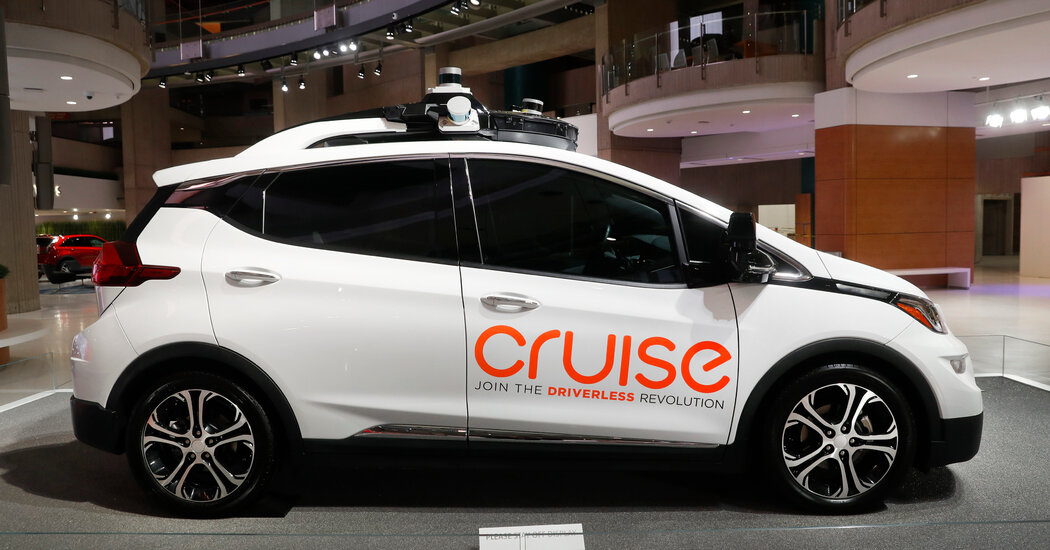The main federal auto safety agency announced Friday that it has begun a preliminary investigation into cars a division of General Motors has been testing as self-driving taxis in San Francisco.
The agency, the National Highway Traffic Safety Administration, said in a document on its website that it had received reports that autonomous taxis from GM’s Cruise division were immobilized on the roads, creating obstacles for other vehicles. The agency also said GM reported three incidents where Cruise vehicles suddenly slowed down and were hit from behind.
The agency said the Office of Defects Investigation would attempt to determine the magnitude and severity of the two types of incidents.
Regulators are increasingly scrutinizing autonomous and semi-autonomous cars and the claims automakers have made about them. The auto safety bureau’s most high-profile research in this area concerns Tesla’s self-driving technology. Regulators are investigating at least 14 accidents involving Tesla cars running on autopilot that left 19 dead.
No deaths or serious injuries have been reported in Cruise cars, but the auto safety agency said the vehicles could potentially endanger people. When Cruise taxis stop unexpectedly, they “can strand vehicle passengers in unsafe locations, such as lanes or intersections, and become an unexpected obstacle to other road users,” the agency said in its filing. “These immobilisations can increase the risk for disembarking passengers. Further, immobilization may cause other road users to make abrupt or unsafe maneuvers to avoid a collision with the immobilized Cruise vehicle.”
The investigation covers 242 vehicles and is the first step before the agency can force GM to recall vehicles.
This year, Cruise began offering autonomous taxi rides in an area of San Francisco and during low-traffic nighttime hours.
The company’s cars have driven “nearly 700,000 fully autonomous miles in an extremely complex urban environment with no life-threatening injuries or fatalities,” Cruise spokesman Drew Pusateri said in a statement. “There is always a balance between sound regulatory oversight and the innovation we desperately need to save lives. That’s why we will continue to work fully with NHTSA or any other regulatory agency to achieve that shared goal,” added he to it.
Cruise recently received approval to extend the service to the city center and to operate 24 hours a day. The division has made preparations to expand its operations to Austin, Texas and Phoenix.
GM and other auto and technology companies have spent billions of dollars developing autonomous driving systems in hopes of providing taxi rides, deliveries and trucking services to consumers and other businesses. Waymo, which is owned by Google’s parent company, has been working on the technology for more than a decade, offering self-driving taxis in and around Phoenix. The company said Friday it had begun offering driverless taxi rides in San Francisco following approval from California regulators.
In an investor presentation last month, GM’s chief financial officer, Paul Jacobson, said the company believed Cruise could become a $50 billion company by 2030. “Cruise is an integral part of this and will expand to other cities,” he said. “They’re making really good progress.”
But progress has come much more slowly than originally expected, and some auto companies and investors have become wary of pouring more money into the technology, as it may not generate significant sales or profits for years to come. In October, Ford Motor and Volkswagen said they would wind down Argo AI, the autonomous car company they had invested in.
Framework Metz reporting contributed.

